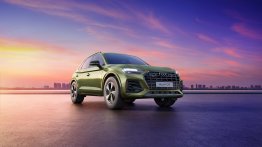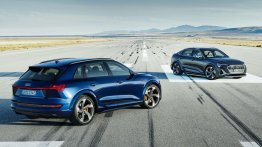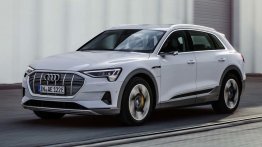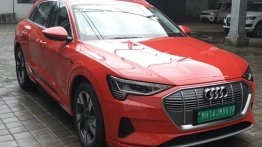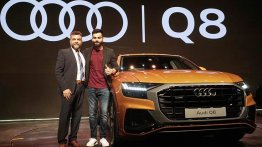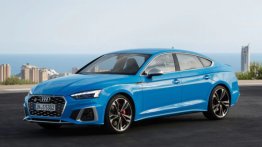Is 50 kg lighter than its predecessor.
Audi had showcased the 2016 Audi R8 at the 2015 Frankfurt Motor Show. The car made its world debut at the 2015 Geneva Motor Show.
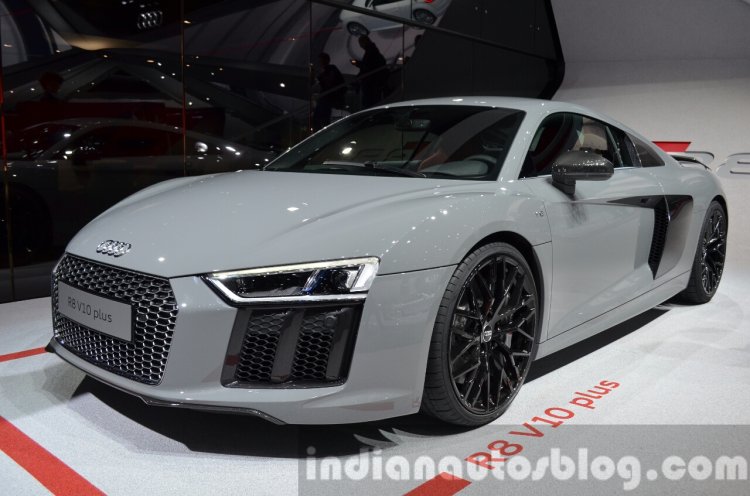
The second generation of the "everyday supercar" has a more aggressive and angular look but has an outline familiar to the outgoing car. The face gets sharp LED headlamps, big hexagonal grille flanked by massive air intakes. The side view loses the distinctive plates which are now a split unit. The rear view reveals a fixed carbon-fiber spoiler, twin trapezoidal exhausts, LED tail lights and a quad-fin diffuser.
The new Audi R8 is 50 kg lighter than its predecessor, thanks to the Audi Space Frame, that is made from a combination of aluminum and Carbon Fiber Reinforced Plastic (CFRP). Apart from the obvious weight benefit this also enables optimum axle load distribution and a 40% increase in torsional rigidity.
The interior has a driver-focused layout featuring sport seats with good lateral support. Most of the car's functions can be controlled through 'satellites' located on the multi-function steering wheel. The MMI screen found in the previous model is no longer available. Its place has been taken by the fully-digital 12.3-inch Audi Virtual Cockpit system, whose display can be customized to driver preferences in Individual mode.
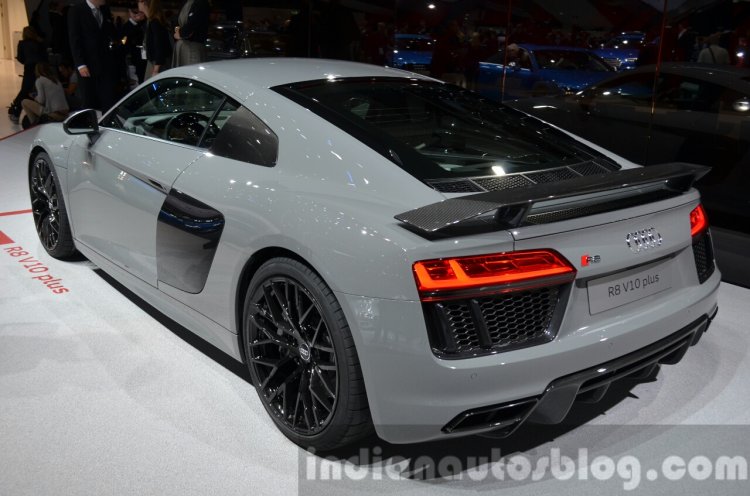
Powering the supercar is the 5.2-liter naturally-aspirated V10 engine that comes in two tunes of 540 hp and 610 hp. The latter rests under the hood of the more powerful R8 V10 Plus variant. The drive is sent to all wheels through the 7-speed S-Tronic gearbox and Quattro AWD system. The R8 Plus takes 3.2 seconds to sprint from 0-100 km/h (0-62 mph) and has a top speed of 330 km/h (205 mph).







